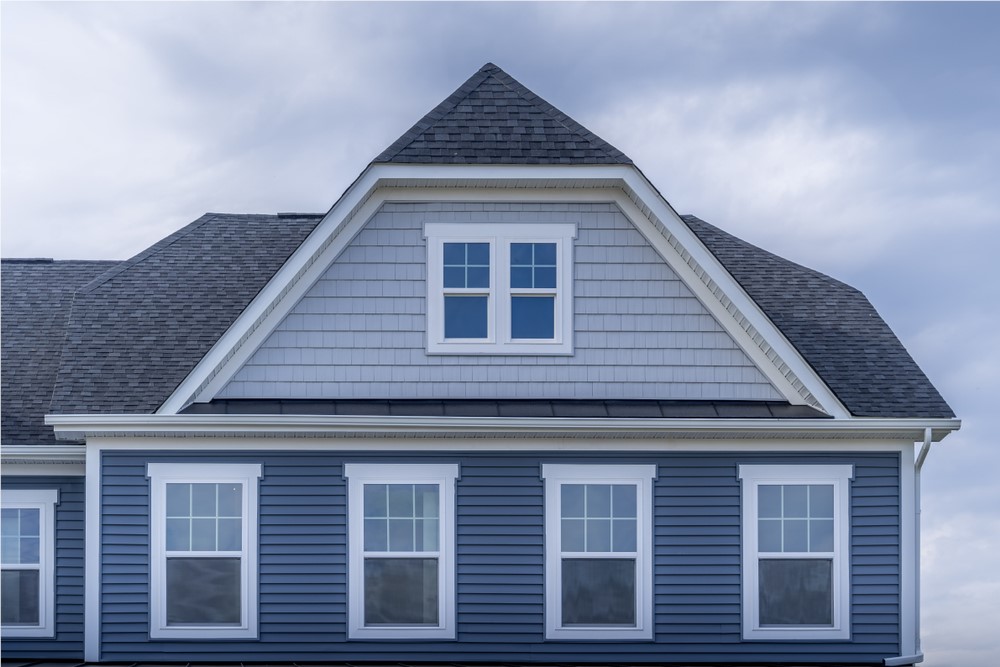For homeowners, bathrooms have always been rather tricky to deal with. Whether it’s the flooring, the walls, the fixtures, or other aspects, this room belongs in a special category of its own. Bathrooms are used far more than any other room in the house, and they accumulate moisture at unprecedented rates. Additionally, insulation in a bathroom is just as important as any other room of the house -- if not more important. So what is it about the bathroom that makes it so necessary to seal and insulate? Is it really something worth worrying about? What are the possible consequences if you don’t do it, or don’t do it well? These are all questions we will discuss below. Moisture With bathrooms, just about everything comes down to the massive amounts of moisture that are regularly created and accumulated in the small space. Whether it’s choosing flooring materials, paint for the walls, or another aspect of the room, this moisture is always the main thing that needs to be considered, and the process of sealing and insulation is no exception. Because of all the showering, bathing, and use of the sink, there is going to be a ton of moisture vapor in the air of your bathroom. With heat, this moisture vapor will be transferred and trapped within walls. It is at this point that all that moisture becomes a real, tangible problem. Moisture trapped inside the walls will cause mold and mildew to develop. This can affect your health and the health of your family. It can also damage your house as well. In other words, it is definitely better to prevent it from occurring in the first place. This is where sealing and insulation come in. Which insulation? It’s important to keep in mind, however, the fact that just any insulation will not do. It needs to be one that is best for moisture control so that this dangerous moisture vapor doesn’t get trapped inside or beneath the insulation, which would lead to even more problems. Choosing an insulation is crucial for your bathroom, so make sure you do the proper research to establish which types of insulation will be the best fit for your home, your bathroom, and your climate. Chances are, you already know how humid or dry your climate is, and what problems often come with it. If you are living in a more humid area, for instance, you know you have to take the insulation problem seriously. Vapor retarders and your local codes The best way to combat the potential trapping and buildup of moisture in the insulation outside your bathroom is using a vapor retarder, which is often required or recommended by the codes in local areas. You will have to look up what the requirements are in your area to make sure that you are adhering to the rules. These rules are there for a reason. They will help protect you and your home, and are customized for your local climate, as there will be inherent differences between humid and dry climates.
Subscribe to Energy Home Pros's Blog





Comments